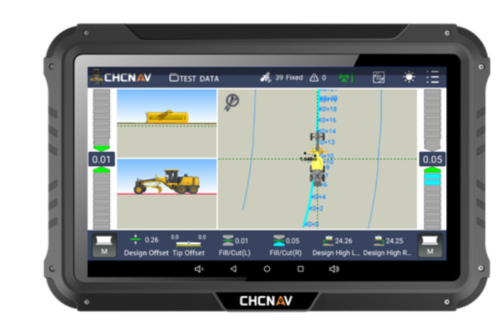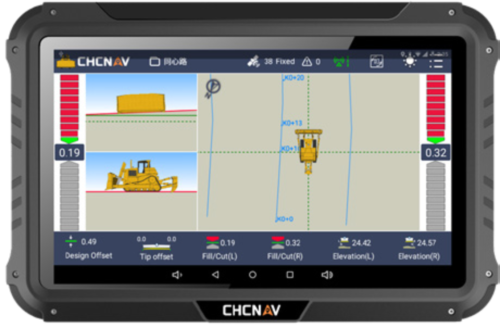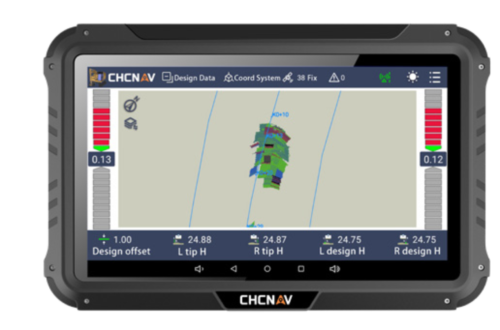Automated control systems
Showing all 3 results
Automated control systems are sophisticated arrangements of hardware and software designed to manage and regulate various processes or systems without direct human intervention. These systems utilize sensors, actuators, controllers, and algorithms to monitor, analyze, and adjust parameters automatically, optimizing efficiency, accuracy, and safety across a wide range of applications. Here’s an overview of automated control systems:
- Sensors: Sensors are used to measure physical quantities such as temperature, pressure, flow, position, and more. They provide real-time data about the state of the system or process being controlled.
- Actuators: Actuators are devices responsible for executing control actions based on input from the control system. They can adjust parameters such as valve positions, motor speeds, heating elements, or other physical variables.
- Controllers: Controllers are the brain of the automated control system, responsible for processing sensor data, executing control algorithms, and generating output signals to the actuators. They come in various forms, including programmable logic controllers (PLCs), microcontrollers, and specialized control units.
- Control Algorithms: Control algorithms determine how the control system responds to input data from sensors to achieve desired objectives. These algorithms can be simple proportional-integral-derivative (PID) controllers or more complex adaptive control strategies tailored to specific applications.
- Human-Machine Interface (HMI): HMIs provide a graphical interface for users to interact with the control system, monitor process variables, and adjust settings. They enable operators to visualize system performance, receive alerts or alarms, and intervene when necessary.
- Networking and Communication: Automated control systems often incorporate networking technologies to facilitate communication between different components and enable remote monitoring and control. This may include wired or wireless protocols such as Ethernet, Modbus, Profibus, or Industrial Internet of Things (IIoT) standards.
- Safety Systems: In critical applications such as industrial processes or transportation systems, automated control systems include safety features to prevent accidents or mitigate risks. These may include redundant sensors, emergency shutdown mechanisms, or fail-safe control algorithms.
- Data Logging and Analysis: Automated control systems can collect and store large volumes of data about system performance and operation over time. This data can be analyzed to identify trends, optimize processes, diagnose faults, and improve overall system efficiency.
- Scalability and Flexibility: Automated control systems are often designed to be scalable and adaptable to accommodate changes in system requirements or expansions. They may incorporate modular components or flexible programming architectures to facilitate easy upgrades or modifications.
- Applications: Automated control systems find applications across various industries, including manufacturing, energy production, transportation, aerospace, robotics, building automation, and more. They enable efficient and precise control of complex processes, leading to improved productivity, reliability, and safety.
Overall, automated control systems play a crucial role in modern industrial automation, enabling advanced control and optimization of complex processes while reducing reliance on manual intervention and enhancing overall system performance.
Buy Automated control systems products in Uzbekistan, in Tashkent




